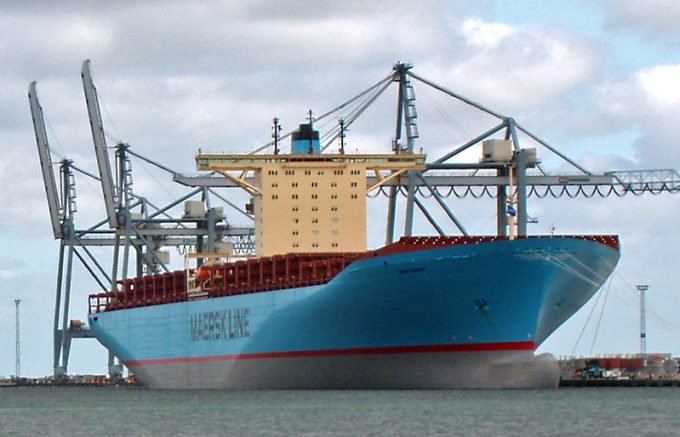
Maersk Emma, Nils Jepsen
‘House-forward’ layouts might be the last available option for increasing capacity on new megamax box ship designs, with a 400m by 24m footprint reaching the limits of its potential.
Alphaliner is hedging its bets by suggesting that “close to” 26,000 teu could ...


Comment on this article